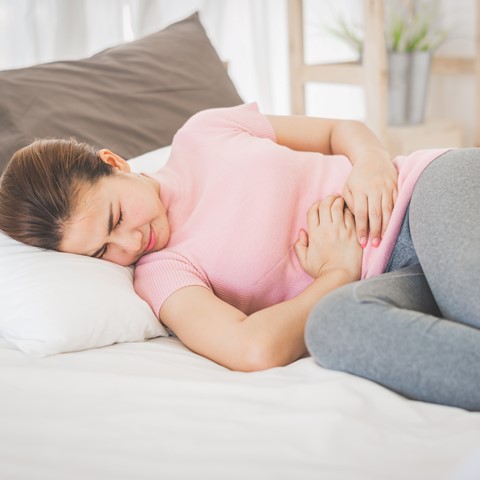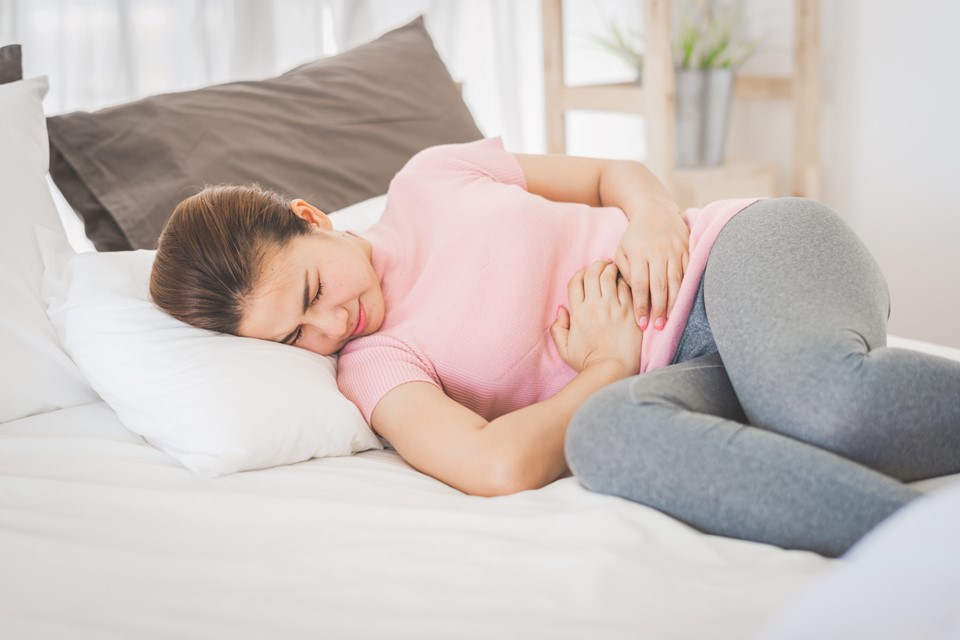What Does Endometriosis Feel Like?

Saturday, 3 June 2023

Endometriosis is a distressing and painful condition which affects women of all ethnicities and ages, from puberty to menopause. It is a condition in which tissue, similar to the lining of the womb, migrates to attach itself and grow in other parts of the reproductive system, such as the fallopian tubes and ovaries. The pain can feel sharp, stabbing or throbbing; some women describe it as feeling like their insides are being pulled down. The pain can extend into the back and legs.
Unfortunately, it has always been considered to be a long-term condition, having significant impacts on daily life, but nowadays, there are treatments ranging from painkillers to surgery which can help you manage the condition.
What are the symptoms of endometriosis?
It can be difficult for a doctor to diagnose endometriosis because the symptoms can vary from woman to woman and can range from mild to severe. They can also be similar to some other conditions. If you feel any of the following symptoms the first port of call should be your GP or if you want a clear diagnosis, a gynaecologist such as Mr Broome:
· Pelvic pain – in the lower tummy or back – which becomes worse during your period
· Feeling sick
· Feeling constipated or having diarrhoea
· Seeing blood in your urine or faeces during your period
· Pain when urinating or pooing during your period
· Period pain so severe it prevents you from doing your normal activities
· Pain during or after sex
· Difficulty getting pregnant
· Heavy periods, having to use lots of tampons or pads, or seeing blood on your clothes
Some women report feeling depressed because of their symptoms and upset because of the impact on day-to-day life.
When to see a doctor
Before seeing a medical professional, it may help to keep a diary of your symptoms or write them down before your appointment.
Your GP will make a thorough assessment of your symptoms in order to make a diagnosis and rule out any other conditions. They can recommend treatments or refer you to a gynaecologist for further tests, and these could include MRI or Ultrasound scans or a laparoscopy, where a thin tube is inserted through a tiny incision to see where deposits of endometriosis tissue are.
Treatments for Endometriosis
It is important to understand that there is no ‘cure’ for endometriosis. However, there are effective treatments available.
Treatment to relieve pain and lessen the symptoms includes simple painkillers such as paracetamol or non-steroidal anti-inflammatories like ibuprofen. These can be bought over the counter without a prescription.
Hormone treatments can be used to manage the menstrual cycle to stop or slow the growth of endometrial tissue and reduce pain. Hormonal treatments include the combined oral contraceptive pill or patch, hormone implants or injections or an implanted intrauterine device like the Mirena coil.
Surgery is an option for women who are severely affected and whose daily life is regularly impacted. Procedures include minor surgery to remove patches of endometrial tissue either by excision or ablation. This is often done laparoscopically, known as keyhole surgery, where scarring and recovery time are minimal.
Parts of the organs affected by endometriosis, and this could include the colon or appendix, could be removed either in part or whole. A hysterectomy – the removal of the womb, cervix and fallopian tubes and sometimes the ovaries- is an option to completely eradicate endometriosis. The recovery time for this procedure is longer than with keyhole surgery.
The removal of endometrial tissue may improve your chances of becoming pregnant, but this is not guaranteed.
The causes of endometriosis are unknown, although it is thought there could be a genetic or immune system link. What is clear is that if you are suffering from endometriosis it is wise to seek help as soon as possible.
